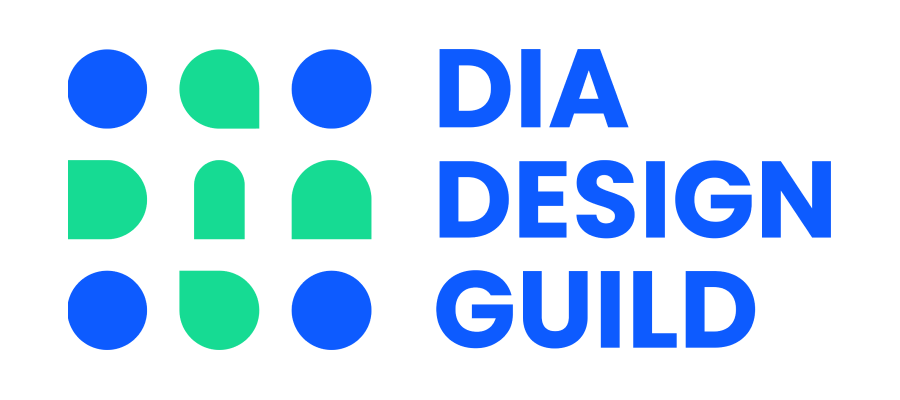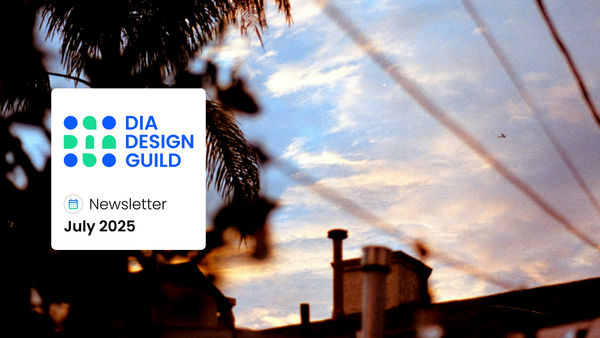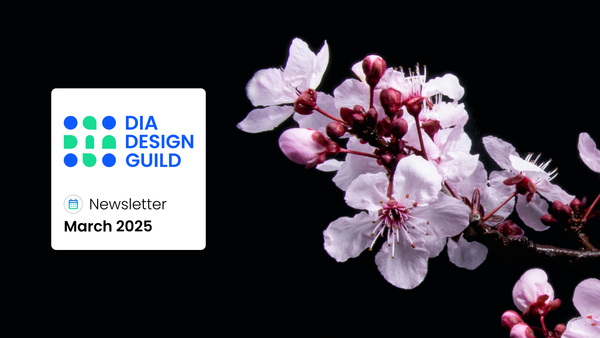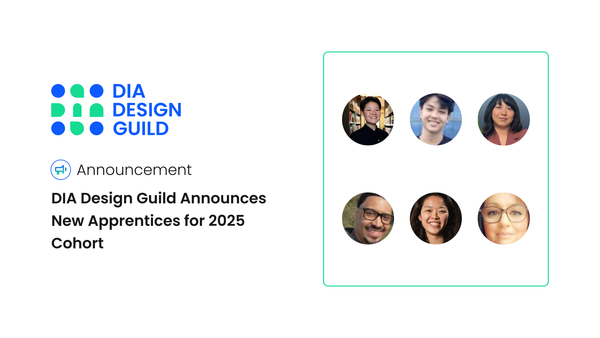Organizing a Conference for WIADLA23
In March 2023, DIA Design Guild was excited to host a local event dedicated solely to information architecture. Lead organizer Vanya Hsu and her team took charge of planning and executing the local conference centered around the global theme "Orientation & Wayfinding."
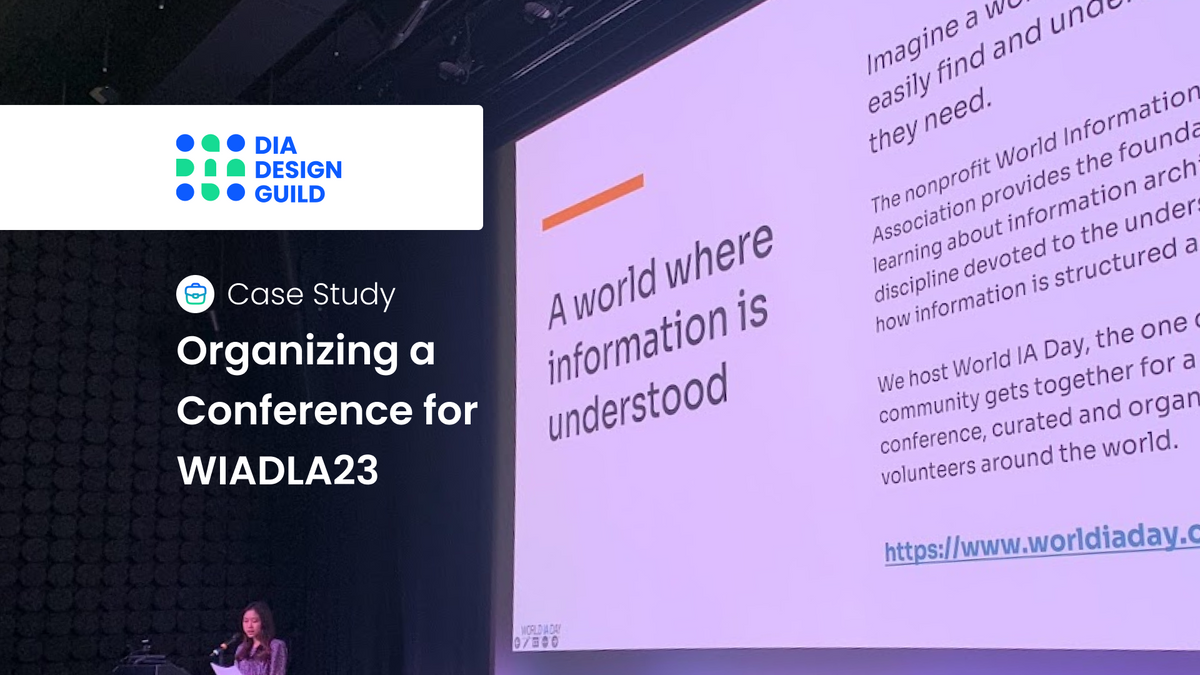
Introduction
Hello, everyone! World IA Day (WIAD) celebrates Information Architecture (IA) by facilitating discussions around the world to help folks learn about how it can benefit their own work.
As regular organizers for the Los Angeles (LA) event, DIA Design Guild was thrilled to return and organize a local event just focused on information architecture for 2023. Our very own Vanya Hsu took on the role of lead organizer and guided her team in planning and running a conference event centered around this year’s global theme, “Orientation & Wayfinding”.
This year’s team had 11 volunteers who helped organize and prepare the event, in addition to three more who helped run the event on the day of. Everyone in the organizing team played a big part in all of this and the entire team was filled with folks who were passionate about what they do.
In this interview, Justin Kim, the previous year’s lead organizer for WIADLA, asks Vanya about her experience organizing the 2023 edition. Read on to find out more!
Planning the event
Organizing the experience
Justin: How did you find volunteers and organize the team?
Vanya: I recruited from the WIAD Discord server and content-related communities, as well as from UCLA’s User Experience Research and Design class and Claremont Graduate University’s UX program.
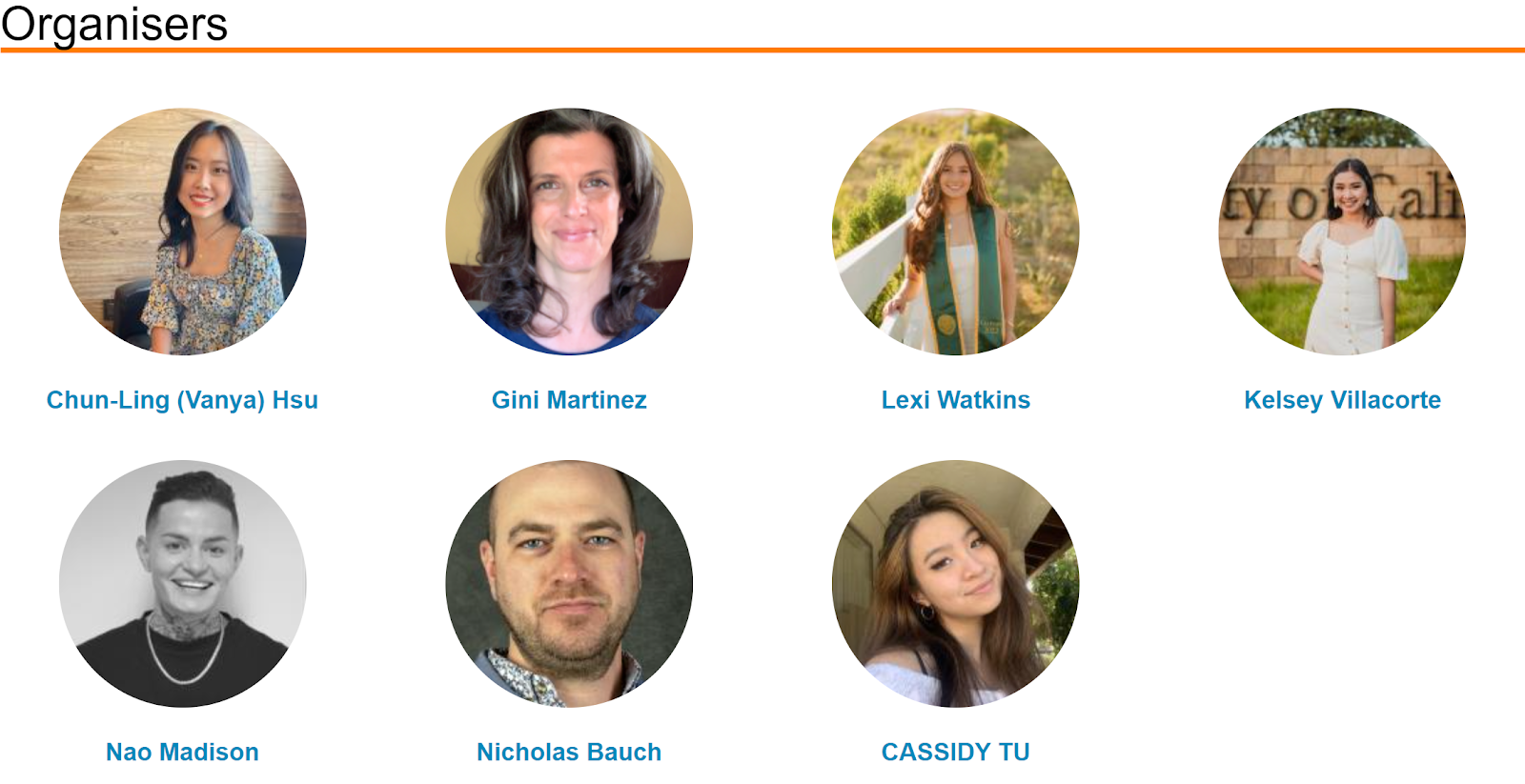
To onboard them, we met weekly with the rest of the organizing team in Google Meet and also ran some icebreakers to help folks get to know each other. Outside of meetings, we coordinated inside a dedicated Discord server and documented findings and other important details in Coda.
J: It sounds like you provided a welcoming experience for the volunteers. On the flip side, what was it like recruiting speakers?
V: Our main criteria for recruiting speakers were based on this year’s conference theme of wayfinding and orientation in IA. So our target group were UX professionals who specialize in or have done projects in this kind of work.
The first step was to understand the big wayfinding and orientation issues Los Angeles is facing. We quickly realized issues with commuting and public transportation are complex and important to residents.
Even though most people interact with IA in digital formats, we wanted to focus on physical spaces to demonstrate that IA is not only something users interact with through websites but also through their physical surroundings.
When we searched for IA and UX professionals in the transportation industry, Foothill Transit reached out to us to discuss how complex their problem space is and what pain points users face in this area.
At the same time, our team discussed how important wayfinding and orientation issues were not only for able-bodied users but also those who face different challenges such as disabled users. Luckily one alumnus from the DIA Apprentice Program specializes in both IA and accessibility, so we contacted her to get some unique perspectives on designing for disabled users.
Last but not least, Esri, one of the largest companies in the SoCal area who value IA and tackle problems in wayfinding and physical orientation, talked about implementing research and design work.
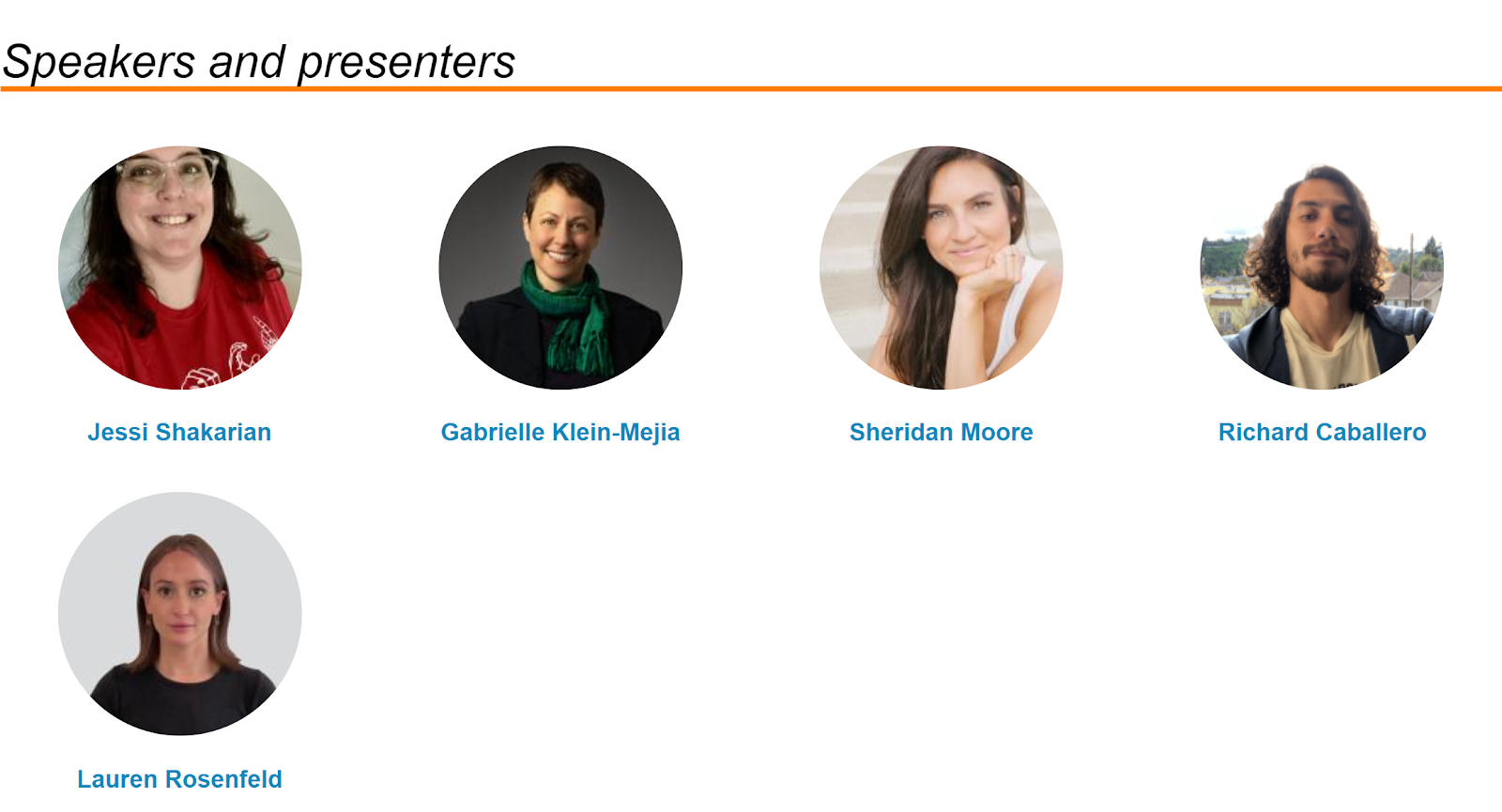
It was also important to us to bring in different perspectives in IA, such as research on disabled users interacting with products and services. So that’s how we got some amazing folks from different industries.
J: Having diversity in experiences is an essential part of helping us all learn to design well for marginalized groups. What was the thought process behind figuring out the content strategy to support these perspectives?
V: We designed the attendees’ conference experience as if they were stakeholders learning about wayfinding and orientation from researchers who are presenting their findings.
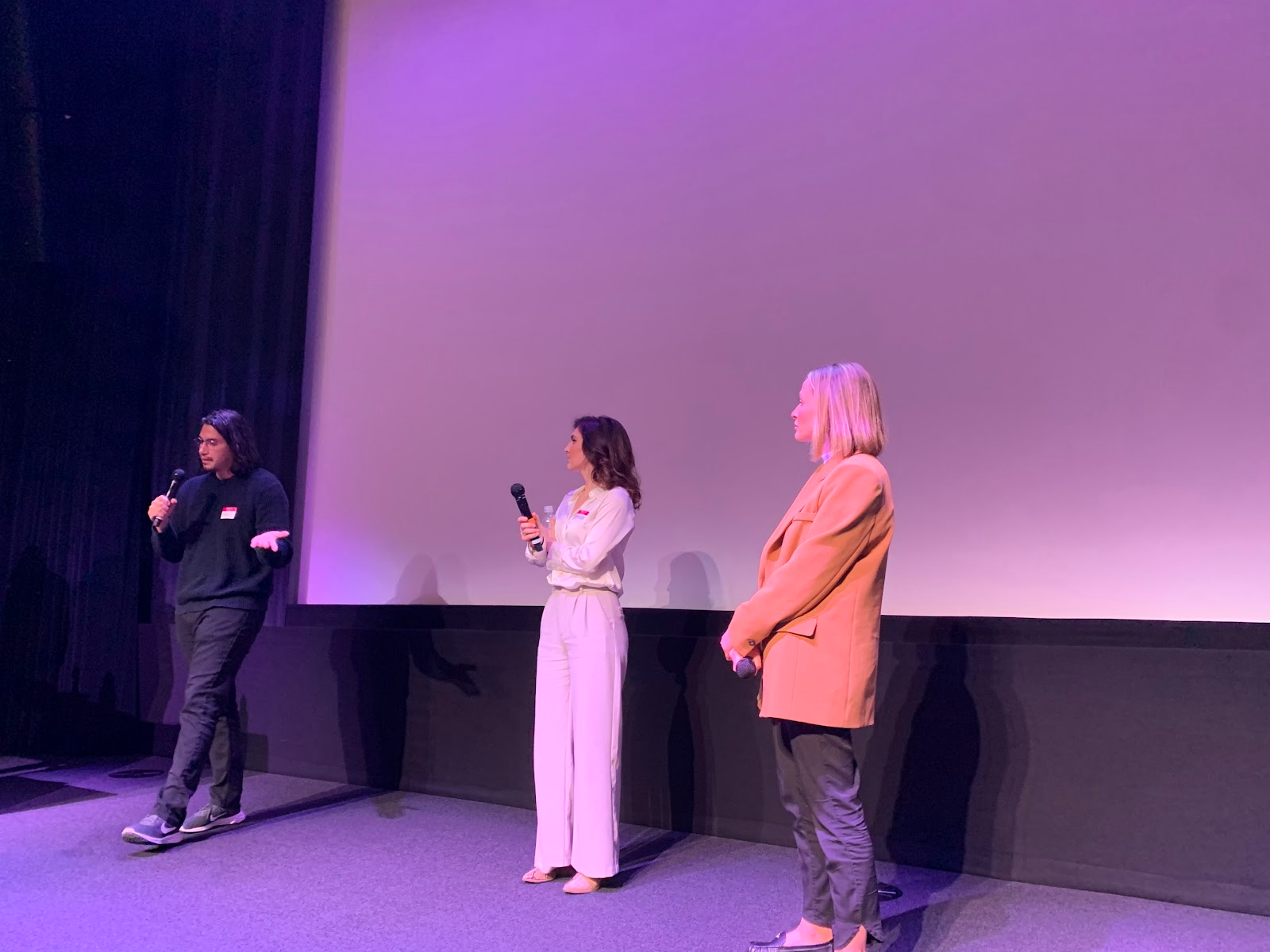
Each speaker focused on a different aspect of the problem space. So Gabrielle Klein-Mejia from Foothill Transit discussed the unique pain points of navigating a physical space, Jessi Shakarian went into accessibility concerns for users with physical disabilities who use kiosks, and Esri’s Sheridan Moore, Richard Caballero, and Lauren Rosenfeld explained how making better maps can create a better future.
Marketing campaign
J: There were so many interesting talks this year! Was it hard to market them leading up to the conference date?
V: To be honest, it was hard planning out the entire marketing strategy in the beginning. We promoted the conference through WIADLA’s social media channels but our main issue was garnering interest from our target audience, namely UX researchers, designers, content strategists, etc.
Our solution to this problem was to find and partner with locally active UX communities. We found some great partners in groups such as OCUX, The Hive, Tribe Talent, etc., who spread the word to their own members and UX Slack groups such as Hack for LA, Product Hive, and IxDA who allowed us to crosspost in their online platforms.
Logistics
J: It sounds like everyone was super busy organizing WIADLA for 2023. What were some of the logistical challenges you and your team faced?
V: There were definitely some obstacles, mostly with unexpected developments. For example, there were last minute cancellations, fees that we didn’t take into account sooner, and difficulties with finding both an adequate venue and local sponsors.
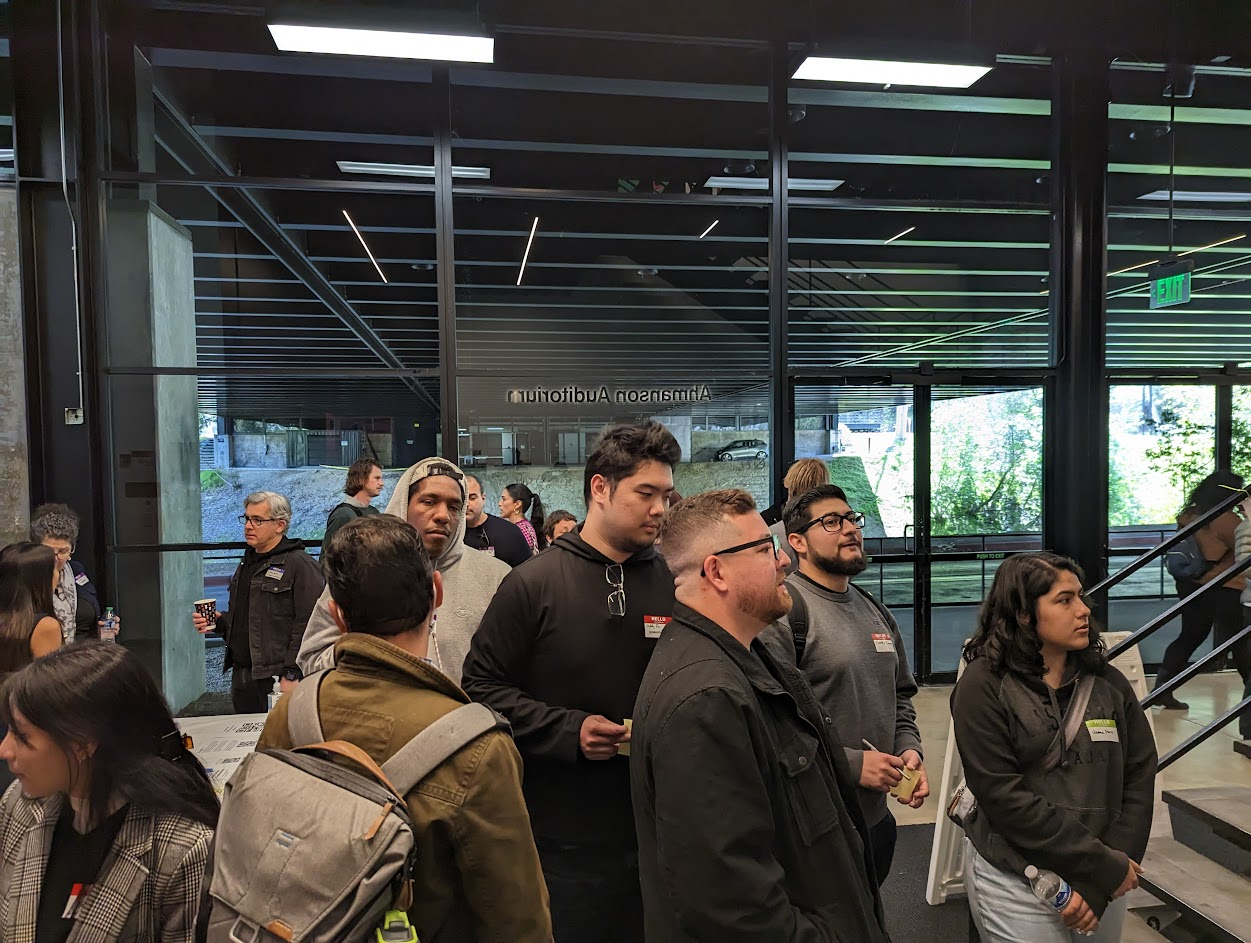
Even so, I’m glad the team managed to resolve everything before the conference date.
Stickies, stickies everywhere! An introspective attendee experience
J: It seems like all that effort worked out! Can you share how you and the team designed the attendees’ experience?
V: We hoped to let all the attendees feel comfortable, informative, and engaged. In addition to the speaker sessions, we included panels to provide a platform for attendees to ask questions and learn more about IA. To encourage participation, we provided attendees with sticky notes to jot down their thoughts during the talks, which were displayed on a wall outside the auditorium.
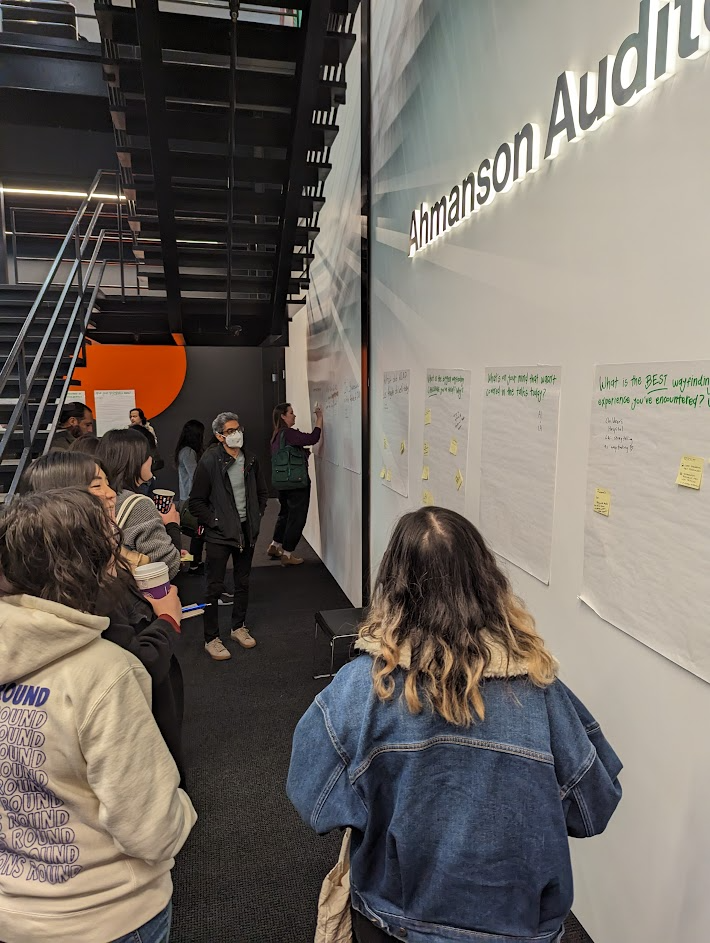
Following the speaker sessions, a retrospective workshop was held to encourage attendees to share their opinions and experiences with each other.
Running a smooth operation
J: As we all know, executing plans can be very different from planning them. What was the overall attendee experience like during the conference?
V: The whole conference proceeded as we had anticipated, featuring five speaker sessions, a panel session, a retrospective workshop, and a global keynote. Everyone was engaged and interactive, and people loved the speakers - they were sooo good!
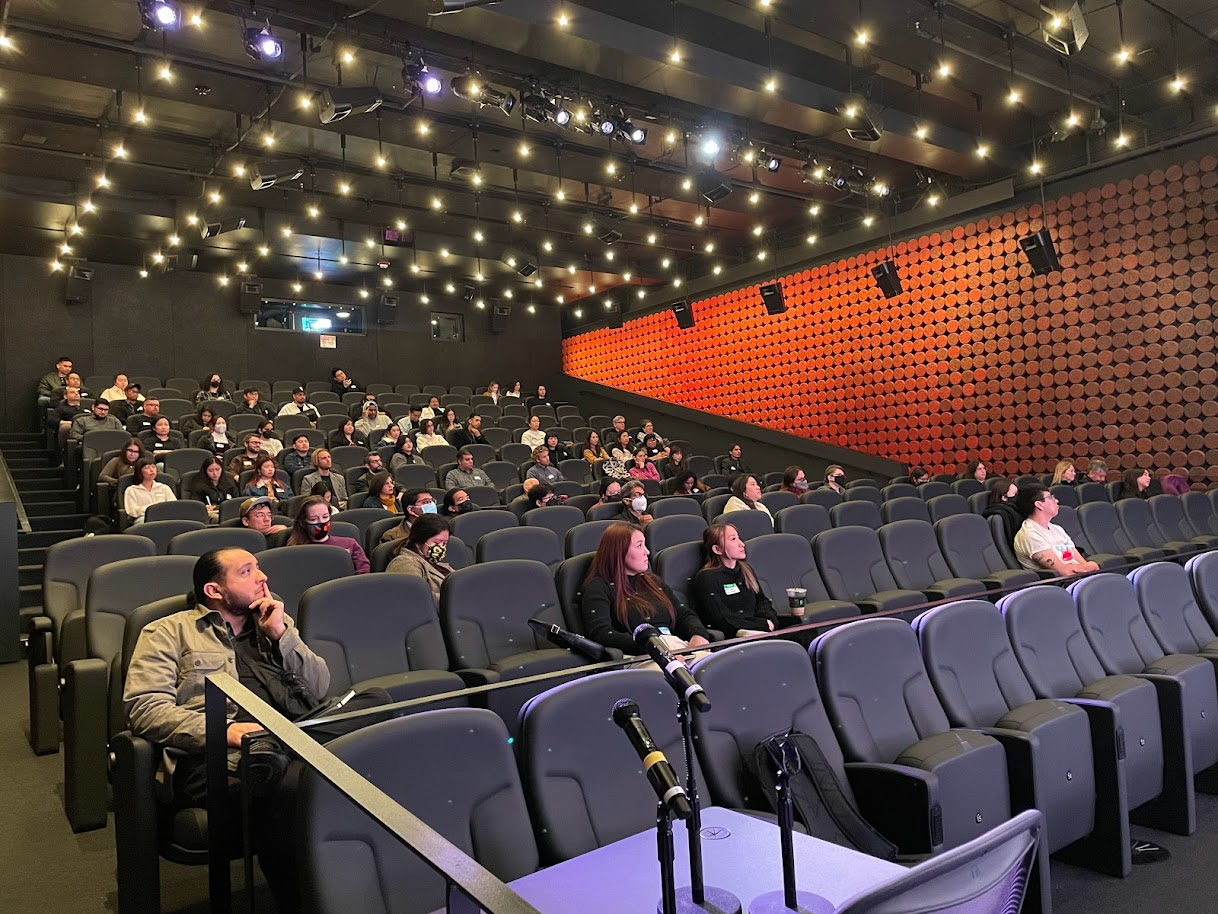
The whole event flowed smoothly. For example, the whiteboard everyone put sticky notes on had a prompt, which acted as a great ice breaker that encouraged people to introduce themselves to one another. It was just awesome to see how everyone connected with each other naturally.
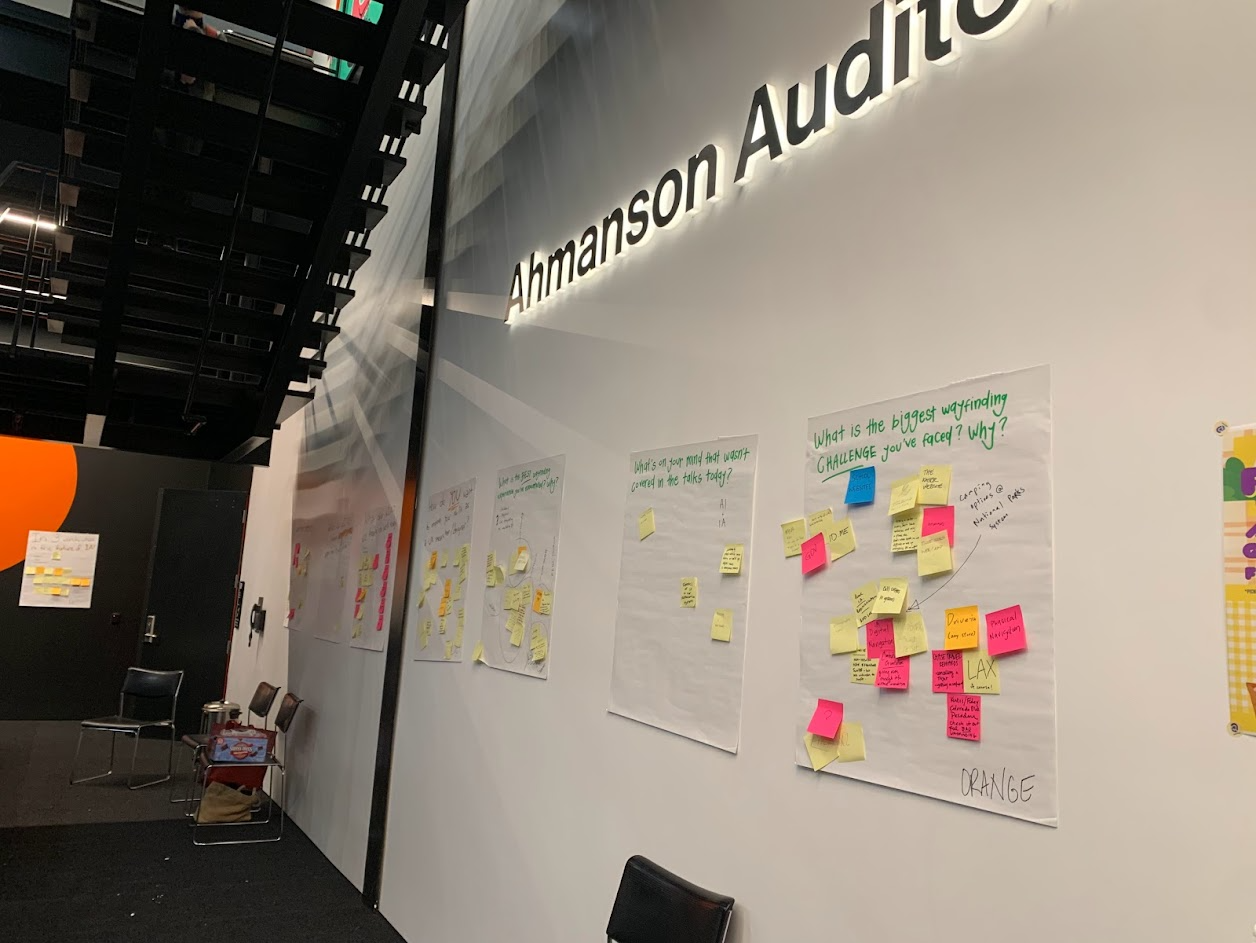
J: What were some additional responsibilities you had during the event?
V: One of my jobs was to make sure everything went according to plan.
Each volunteer had their own responsibility at the conference, and if they needed any help or guidance, I was there to assist them immediately. I also chatted with attendees to get some real-time feedback on the conference, and promptly made adjustments on the fly.
J: Were there any challenges behind the scenes, particularly with logistics?
V: It's kind of ironic, but one of our conference topics, "orientation," tripped us up. Due to venue space constraints as well as the lunch and workshop areas being separated from the speaker session area, it was tough to control traffic flow during the event.
Thankfully our wonderful volunteers helped sort things out, but we definitely need a better solution for next time. It just goes to show how important wayfinding and orientation really are.
J: Was it hard to gather feedback from attendees?
V: At the end of the day, we had some trouble obtaining post-conference feedback, even after sending attendees a survey. Luckily, we accounted for this possibility ahead of time by having protocols in place to gather insights during the event via talking to attendees and giving them sticky notes to write their thoughts down on.
Overall, people seemed really happy with their conference experience as well as excited to finally have an in-person event after such a long pandemic-induced hiatus.
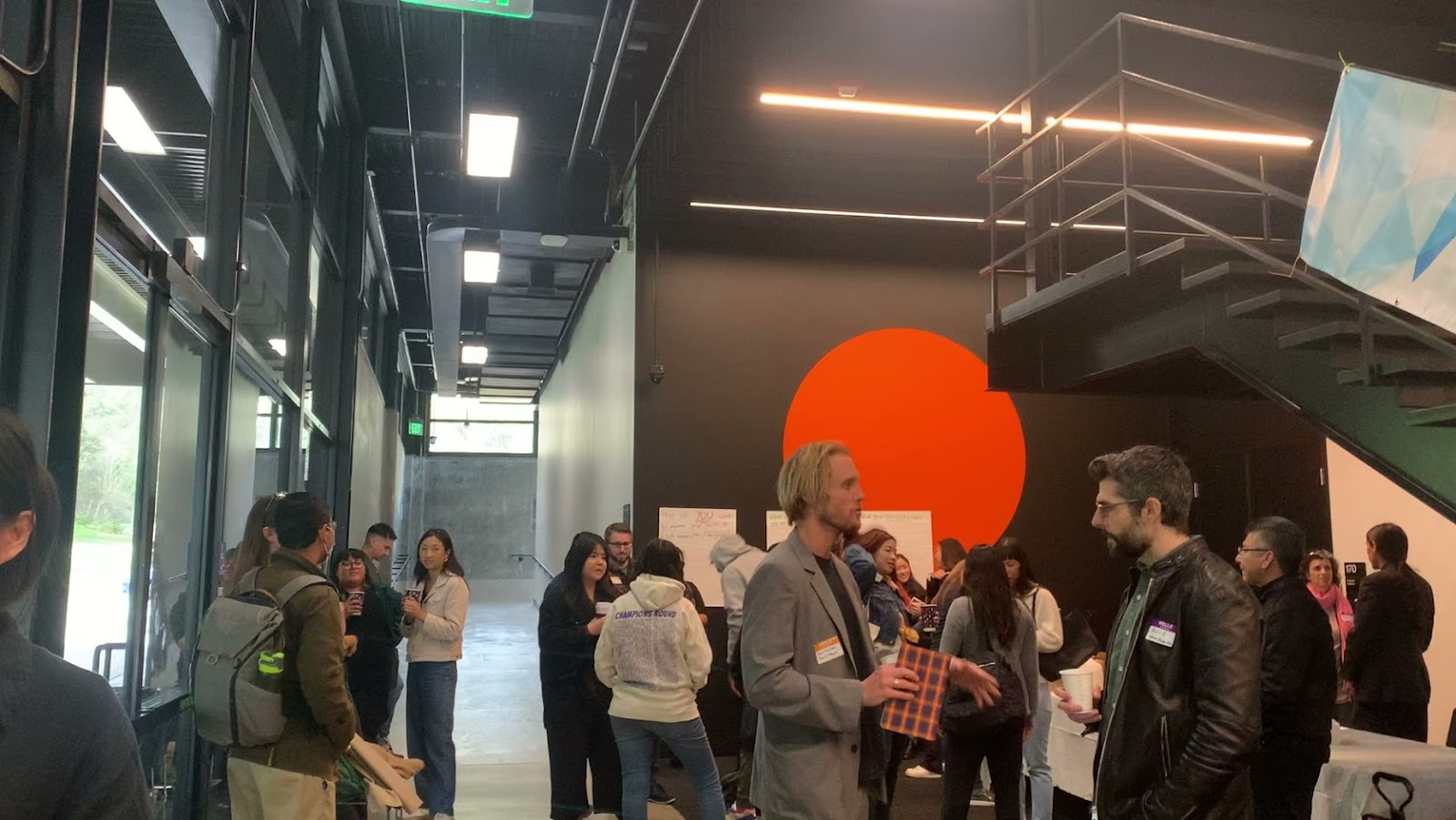
Celebrating with food and books
J: Whew, you and the team had your work cut out for you! How did you all wrap things up once WIAD23 was over?
V: We first wanted to thank our speakers, point-of-contacts, and volunteers for all their hard work by having a celebratory dinner together.
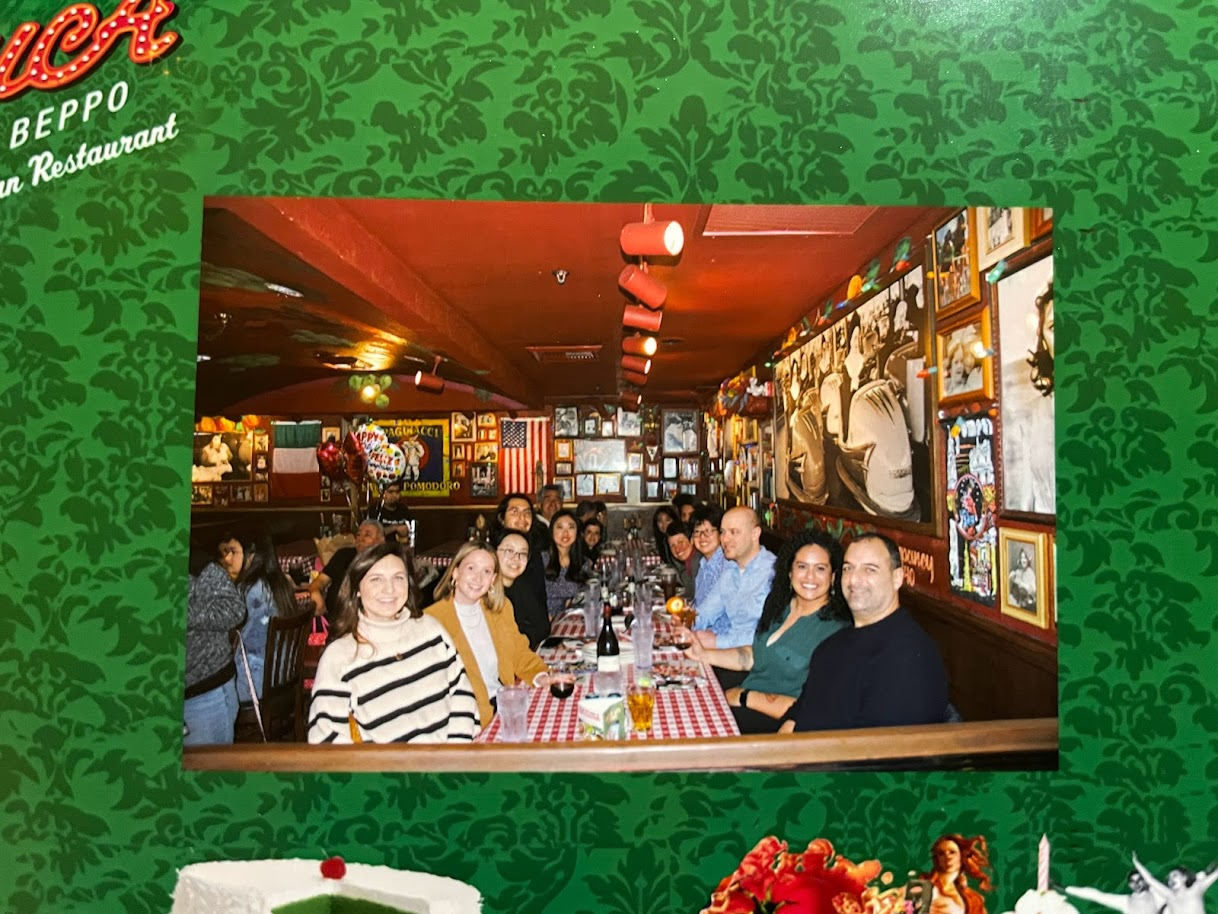
I also made sure to send speakers thank-you gifts and to remind volunteers that WIAD Global sent them all a coupon for a free digital book from Rosenfeld Media.
Results
J: Could you briefly summarize the results from the conference?
V: We had a total of 113 attendees and got some lovely compliments from them on the feedback wall!
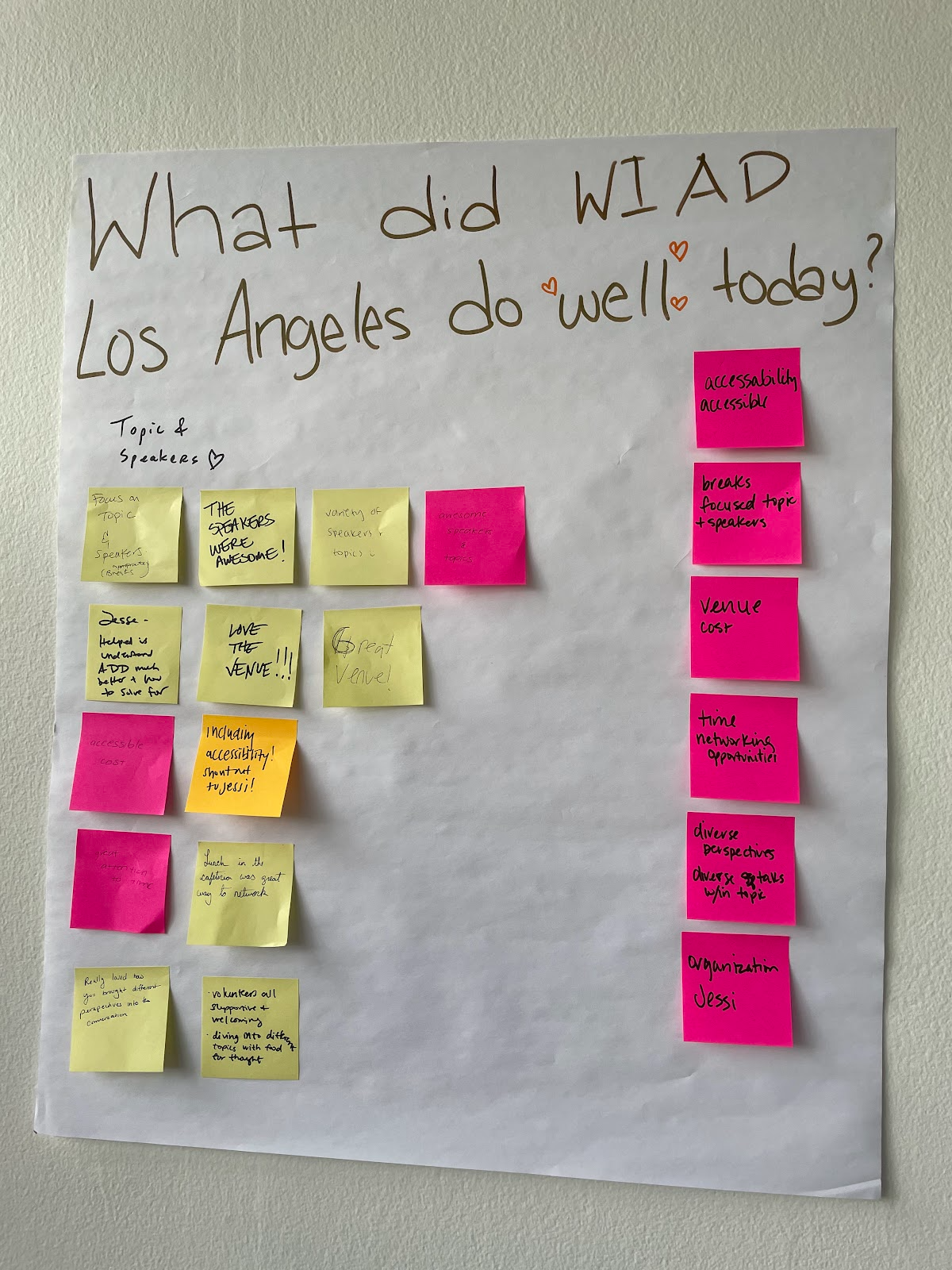
Team-building, building awareness and enthusiasm
J: Are there any interesting insights discovered or lessons learned along the way that you’d like to share?
V: Of course, some things I learned and/or realized throughout my experience with WIADLA23 were:
- How it’s such a unique experience for event organization and team building.
- How fortunate I was to have an enthusiastic group of people working with me. Non-profit organizations that rely on volunteers such as WIADLA need everyone’s motivation and passion to make things work.
- How spreading awareness of IA is a challenge. Folks may not be fully aware of what exactly IA entails or how it can benefit their work.
Finally, I’d like to thank DIA Design Guild for giving me the opportunity to lead the team in organizing the conference, as well as you and Grace for guiding me through this whole journey.
J: Thank you as well for stepping up and leading WIADLA this year! You did a terrific job. And thank you to our readers for sticking with us this far!
Want to get involved?
We’re always looking for volunteers to help with WIADLA. If you’d like to be part of the team that makes next year’s WIADLA a success, please reach out to us.
Do you need someone to help you organize a conference?
DIA Design Guild is experienced in organizing for conferences and can help you with your needs. Check out some of the services we offer and the work that we’ve done.
